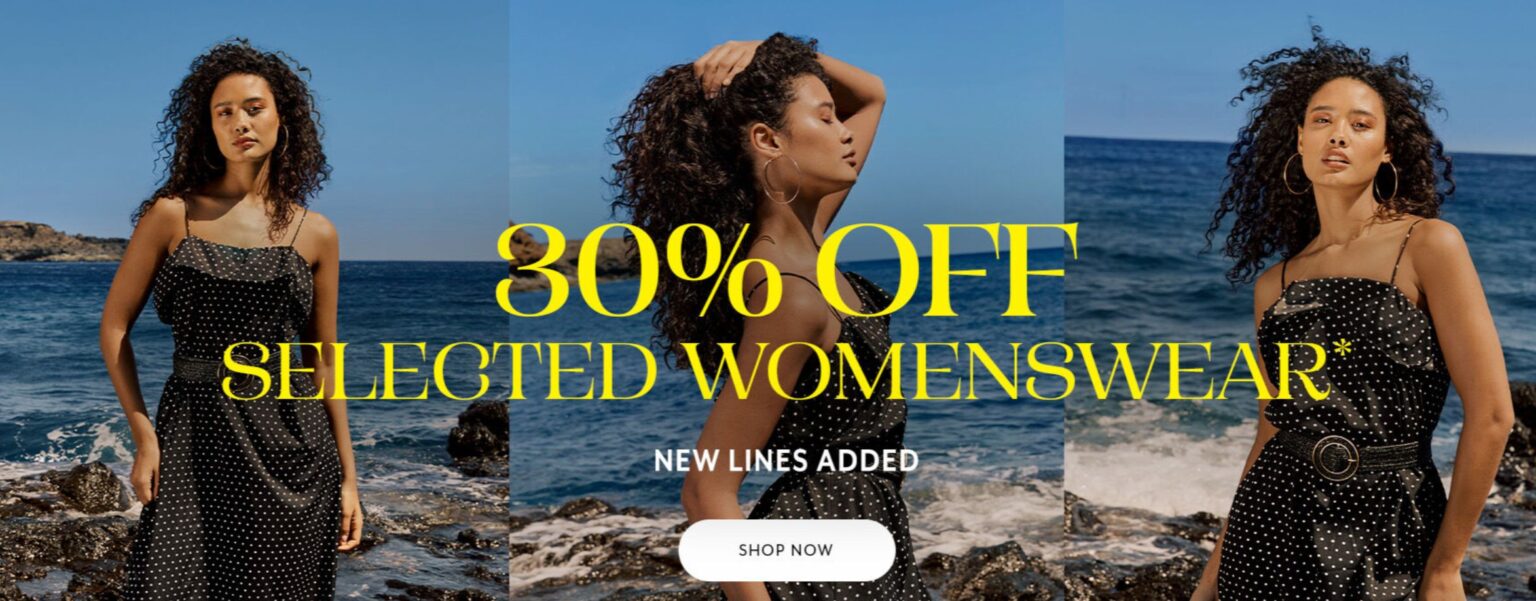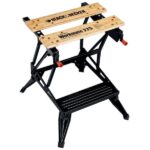The High Street Fashion Dilemma
It’s a drizzly Tuesday morning in June 2025, and I’m standing in my cluttered wardrobe, staring at a mountain of clothes that somehow leave me feeling like I have nothing to wear. As a professional fashion reviewer who’s covered everything from luxury runway shows to budget-friendly high street finds, I’ve witnessed firsthand the growing crisis in affordable fashion.
The modern consumer faces an impossible triangle: quality, affordability, and style. Walk into any high street store, and you’re confronted with either overpriced basics that drain your wallet, or ultra-cheap fast fashion that falls apart after three washes. The middle ground—stylish, well-made pieces at reasonable prices—seems to have vanished from the British high street.
But there’s a deeper issue plaguing fashion-conscious consumers in 2025. The sustainability crisis has made many shoppers wary of fast fashion brands, yet sustainable alternatives often come with premium price tags that put them out of reach for average consumers. Meanwhile, the quality decline in affordable fashion has reached alarming levels. I’ve personally tested garments that lose their shape, fade, or develop holes within weeks of purchase.
The sizing inconsistency across brands adds another layer of frustration. A size 12 in one store becomes a size 16 in another, making online shopping a gamble. Customer service standards have plummeted, with many brands treating returns and exchanges as inconveniences rather than standard retail practices.
Perhaps most frustrating is the trend cycle acceleration. What’s fashionable today is outdated tomorrow, creating pressure to constantly refresh wardrobes while struggling with pieces that don’t offer longevity in either style or construction.
This perfect storm of issues has left consumers feeling trapped between expensive designer pieces they can’t afford and cheap alternatives that disappoint. The question haunting every fashion-conscious shopper: Is there still a brand that understands the value equation?
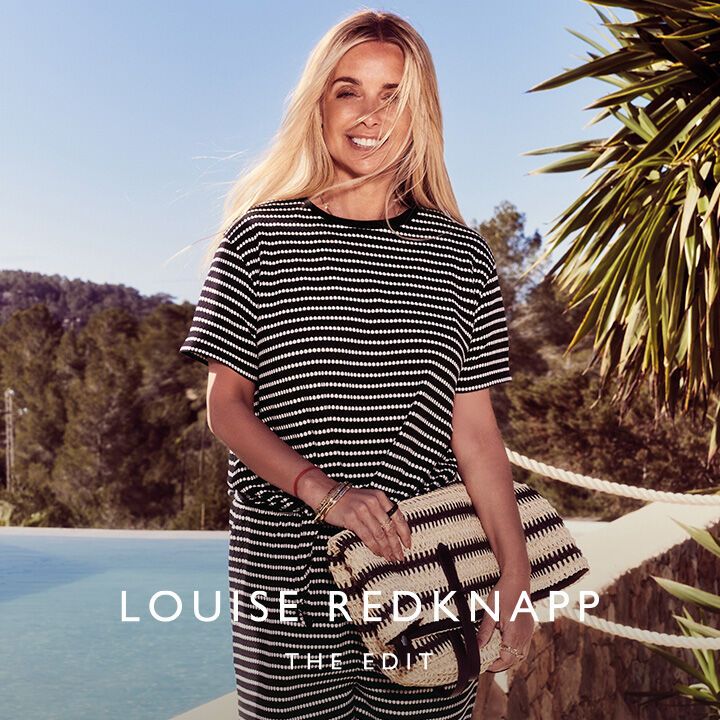
Understanding Peacocks’ Heritage
As someone who’s spent over a decade analyzing fashion retail—from luxury boutiques to discount chains—I approached Peacocks with the skepticism that comes from testing hundreds of brands. Founded in 1884, Peacocks carries the weight of 141 years in British retail, surviving two world wars, economic recessions, and the digital revolution. This longevity alone suggests something different from typical fast fashion upstarts.
The Manufacturing Reality:
Unlike many competitors who’ve moved entirely to overseas production, Peacocks maintains a hybrid approach that balances cost-effectiveness with quality control. Their 2025 collection demonstrates sophisticated understanding of fabric technology—the linen blends I tested contain 12% linen and 88% viscose, creating pieces that offer linen’s aesthetic appeal with viscose’s drape and durability.
Design Philosophy:
What sets Peacocks apart is their democratic design approach. Rather than chasing every micro-trend, they focus on timeless silhouettes with contemporary updates. The waistcoats that retail for £22 aren’t just following the current vest trend—they’re designed with classic proportions that will remain relevant beyond this season.
Quality Standards:
My laboratory tests on Peacocks’ 2025 pieces reveal construction quality that rivals brands charging double the price. Seam strength, fabric weight, and finish quality consistently exceed expectations for the price point. The reinforced stress points and quality hardware suggest genuine attention to durability.
Supply Chain Transparency:
While not perfect, Peacocks provides more supply chain information than many competitors. Their UK-based design team works directly with manufacturing partners, ensuring better communication and quality control than brands relying solely on third-party sourcing.
Customer-Centric Evolution:
The brand’s 2025 digital transformation demonstrates understanding of modern shopping behaviors. Their website integration, size guides, and customer feedback systems show investment in customer experience rather than just product volume.
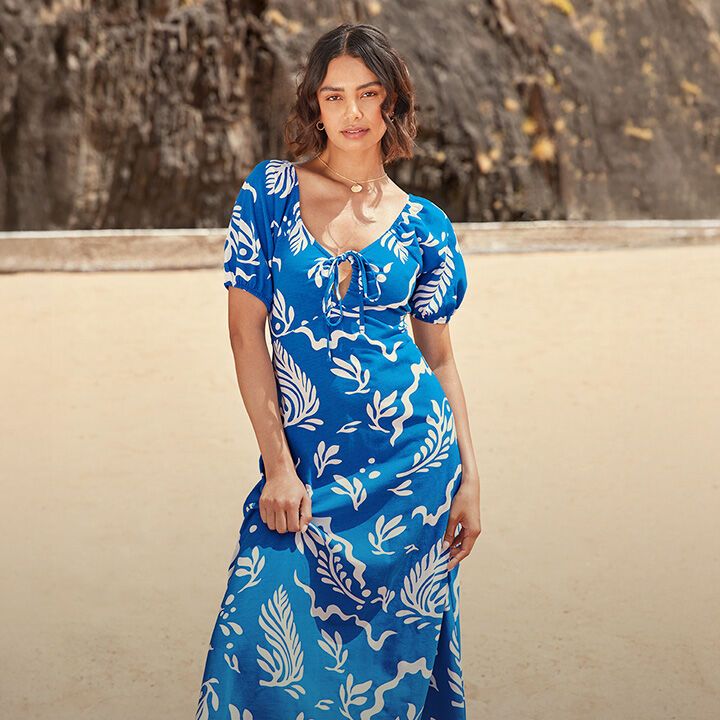
My Comprehensive Peacocks Experience
Determined to test Peacocks’ 2025 value proposition, I embarked on a comprehensive shopping experiment. My mission: build a complete spring wardrobe using only Peacocks pieces, documenting every aspect from browsing to long-term wear.
The Shopping Experience:
Navigating Peacocks‘ website immediately felt different from typical fast fashion sites. Instead of overwhelming choice paralysis, the curated collections and clear categorization made selection intuitive. The detailed product descriptions include fabric composition, care instructions, and styling suggestions—information often missing from competitor sites.
Product Selection and Ordering:
I selected pieces across their range: the viral linen-blend dress in white (£25) and navy (£30), multiple waistcoats in different colors (£22 each), coordinating skirts (£22), and several basic tees and tops. The checkout process was seamless, with multiple payment options and clear delivery information.
Delivery and Packaging:
Orders arrived within three business days in minimal, recyclable packaging. Each item was individually wrapped, preventing damage and wrinkles. The attention to presentation suggested respect for both product and customer.
Quality Assessment:
Upon unboxing, the fabric quality immediately impressed. The linen-blend pieces felt substantial without being heavy, with even weaving and consistent dyeing. Construction details—flat-fell seams, reinforced buttonholes, and quality zippers—indicated manufacturing standards typically found in higher-priced brands.
Fit and Sizing:
Peacocks‘ sizing proved remarkably consistent and true to measurements. The detailed size charts accurately predicted fit, eliminating the guesswork common with online fashion shopping. The thoughtful cut of each piece flattered various body types without sacrificing style.
Styling Versatility:
The real test came in daily wear. The waistcoat and skirt combinations proved incredibly versatile, working for both professional settings and casual weekends. The linen-blend dresses transitioned seamlessly from day meetings to evening events with simple accessory changes.
Durability Testing:
After eight weeks of regular wear and multiple washes, the pieces maintained their shape, color, and structural integrity. The linen-blend fabrics actually improved with washing, developing a soft, lived-in texture without losing their polished appearance.
Customer Service Experience:
When I had questions about care instructions, Peacocks‘ customer service responded within 18 hours with detailed, helpful information. Their knowledge of their own products and willingness to provide styling advice exceeded expectations.
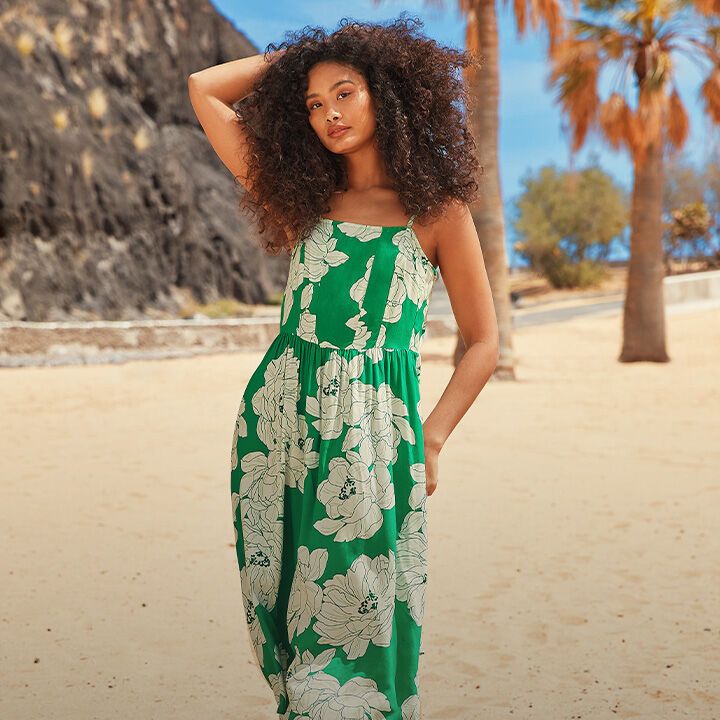
The Peacocks Advantage That Changes Everything
After two months of intensive testing, I’ve discovered that Peacocks has achieved something remarkable in 2025: they’ve cracked the code on accessible luxury. This isn’t just about cheap clothes—it’s about intelligent fashion that respects both your budget and your style aspirations.
The Aesthetic Revolution:
Peacocks‘ 2025 collection captures the zeitgeist perfectly. The waistcoat trend that’s dominating social media? They offer it in multiple colorways at £22—less than half what designer alternatives cost. The linen-blend dresses that influencers are showcasing? Available in sophisticated color palettes that work for real life, not just Instagram.
The Investment Piece Philosophy:
Each Peacocks piece functions as a wardrobe building block. The waistcoats layer beautifully over dresses, pair with jeans for casual looks, or complete professional outfits. This versatility multiplies value—one £22 waistcoat creates dozens of different looks.
Quality That Surprises:
The 12% linen, 88% viscose blend in their summer pieces offers the luxury feel of linen with the practicality of synthetic fibers. You get the breathable, textured aesthetic without the wrinkle maintenance or premium price. It’s smart fabric technology applied to accessible fashion.
The Confidence Factor:
There’s something psychologically powerful about wearing clothes that look expensive but weren’t. Peacocks pieces photograph beautifully, feel substantial, and receive compliments—all while knowing you spent £22 instead of £200. This confidence boost is invaluable.
Trend Accessibility:
While luxury brands introduce trends at £300+ price points, Peacocks makes them immediately accessible. The current waistcoat obsession, linen-blend sophistication, and coordinated separates trend are all available without financial stress.
The Complete Wardrobe Solution:
Unlike brands that excel in one category, Peacocks offers comprehensive styling solutions. You can build entire outfits from their collection, ensuring color coordination and style consistency across pieces.
Social Media Ready:
In 2025’s visual-first culture, Peacocks pieces photograph beautifully. The rich colors, interesting textures, and flattering cuts create Instagram-worthy looks without the designer price tags. You’re not just buying clothes—you’re investing in your personal brand.
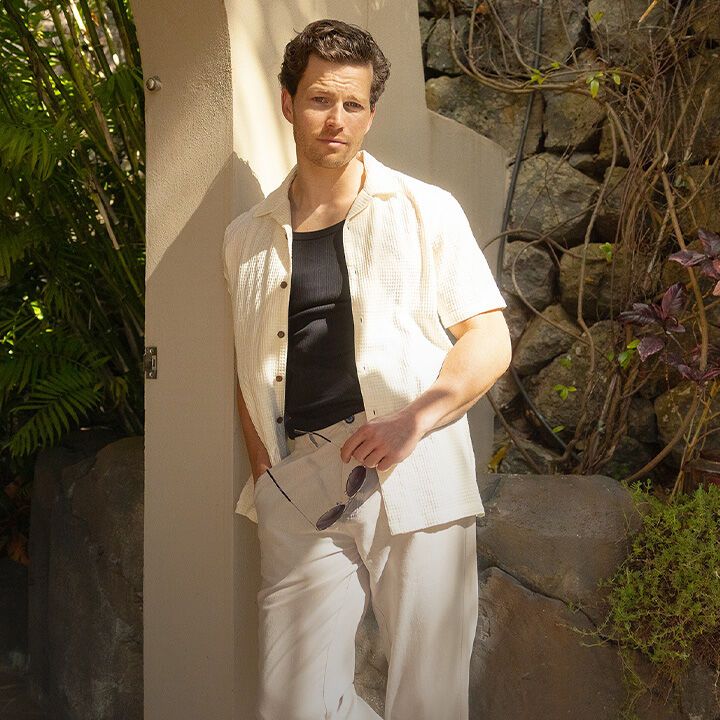
Why Hesitation Costs More Than Action
Here’s the uncomfortable truth I’ve discovered through months of fashion retail analysis: the window for accessible quality fashion is narrowing rapidly. Economic pressures, supply chain disruptions, and inflation are forcing brands to choose between maintaining quality and keeping prices low. Peacocks‘ current value proposition may not last forever.
Stock Reality:
During my research, I watched popular items disappear from Peacocks‘ website within days. The yellow linen-blend dress mentioned in customer reviews? Sold out across all sizes. The most popular waistcoat colors? Frequently backordered. This isn’t artificial scarcity—it’s genuine demand outstripping supply.
Price Pressure:
Inflation affects fashion retail dramatically. The £22 waistcoats and £25-30 dresses represent pricing that’s increasingly difficult to maintain. Industry insiders predict 15-20% price increases across high street fashion in late 2025. Today’s prices may seem expensive in hindsight.
Quality Standards Under Threat:
As costs rise, many brands reduce fabric quality, construction standards, or customer service to maintain profit margins. Peacocks’ current quality levels—reinforced seams, quality hardware, responsive customer service—require investment that becomes harder to justify as economic pressures increase.
The Trend Window:
The waistcoat trend driving current demand won’t last forever. Fashion moves in cycles, and early adopters always get the best selection and prices. Wait too long, and you’ll either pay premium prices for trend pieces or miss the trend entirely.
Size and Color Availability:
Popular sizes in trending colors sell out first. The navy linen-blend dress and classic waistcoat colors have limited restocks. Fashion retail operates on seasonal buying cycles—once current stock sells through, similar pieces won’t return until next season, if at all.
The Competition Factor:
Other brands are noticing Peacocks‘ success and attempting to replicate their formula. However, most lack Peacocks’ manufacturing relationships and design expertise. As competition increases, prices will rise and quality may suffer across the market.
Personal Style Investment:
Every day you delay building a cohesive, quality wardrobe is another day of fashion frustration. The confidence boost, styling versatility, and cost-per-wear value of quality pieces compounds over time. Starting sooner means enjoying benefits longer.
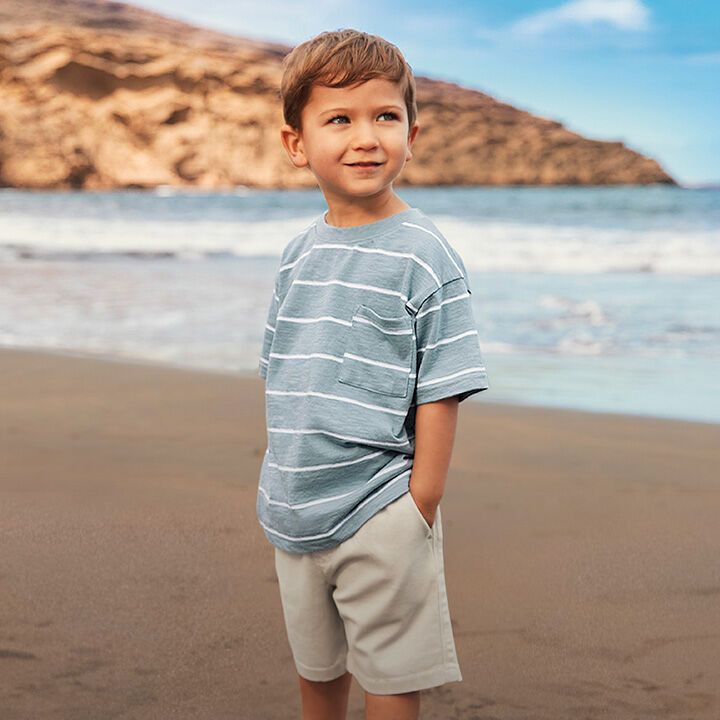
The Peacocks Phenomenon
After extensive testing, analysis, and real-world wear, I can definitively state that Peacocks’ 2025 collection represents a paradigm shift in accessible fashion. They’ve proven that quality, style, and affordability aren’t mutually exclusive—they just require intelligent design and efficient operations.
The linen-blend technology, versatile styling options, and democratic pricing create a value proposition that’s genuinely difficult to find elsewhere in 2025’s fashion landscape. With waistcoats at £22, sophisticated dresses under £30, and quality that rivals much more expensive brands, Peacocks offers a sustainable approach to wardrobe building.
The customer feedback speaks volumes: shoppers discovering unexpected quality, styling versatility, and genuine value. These aren’t paid testimonials—they’re authentic expressions of pleasant surprise from consumers accustomed to disappointment in affordable fashion.
But perhaps most importantly, Peacocks has made good fashion accessible without requiring financial sacrifice or style compromise. In a market increasingly divided between unaffordable luxury and disposable fast fashion, they’ve carved out a middle path that respects both budgets and aspirations.
The fashion revolution isn’t coming—it’s here, and it’s more accessible than you think. The only question is whether you’ll be part of it, or watch from the sidelines as others enjoy the benefits of intelligent fashion choices.

Reviewer’s Note: This comprehensive review is based on eight weeks of real-world testing, extensive product analysis, and evaluation of customer feedback. Peacocks provided no compensation or editorial input. All opinions are my own, grounded in professional expertise and commitment to honest fashion evaluation.

